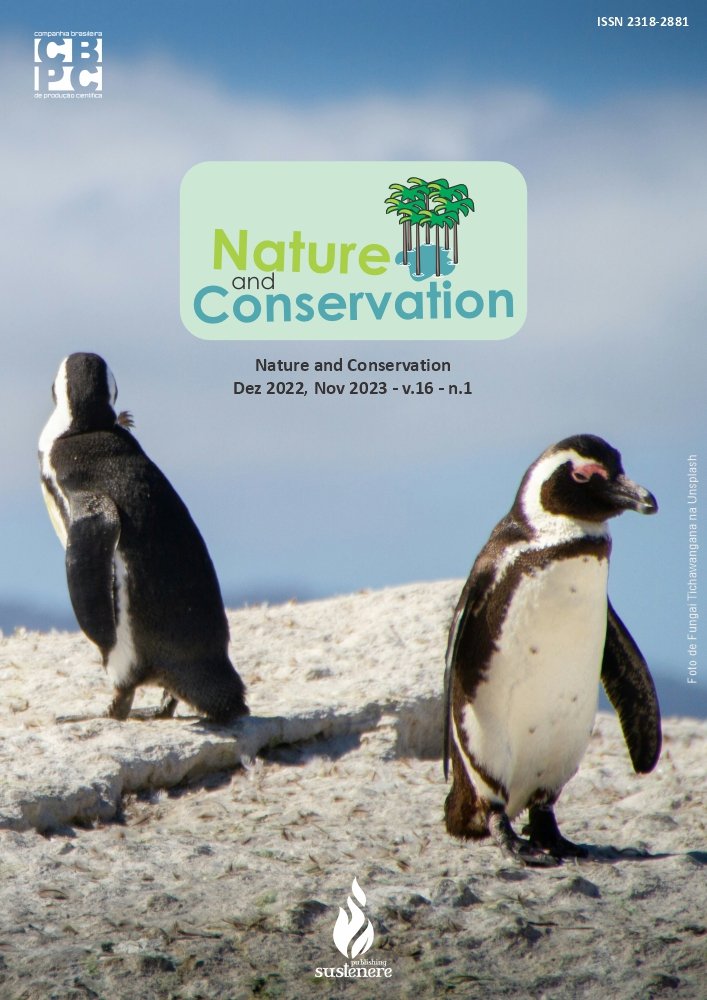Areas susceptible to defaunation? an assessment based in the illegitimate use of Brazilian wildlife
DOI:
https://doi.org/10.6008/CBPC2179-6858.2021.006.0048Palabras clave:
Fauna, Inspection, Wild animalsResumen
This study sought to identify potential areas susceptible to defaunation, in the different biomes and regions of Brazil. Therefore, we assessed records of 13,573 AIA (Environmental Violation Reports) tilled by Ibama from 2012 to 2016. The results showed that 194,335 wild animals were seized, generating US$ 57,140,139.13in administrative fines. The captures occurred in 1,255 Brazilian municipalities, especially Caicó (RN), Recife (PE) and Cáceres (MT), with 27,677, 17,347 and 11,751 animals, respectively. The Northeast region had the highest amount in fines (US$ 28.9 million) and an annual average of 28,753 specimen apprehended, with a record above 100%, when compared to the annual average from 1992 to 2000, in a past study. The states of Minas Gerais, Rio Grande do Norte and Pernambuco had the highest absolute numbers. In the distribution by Class, birds, mammals and reptiles ranked 90.21%, 1.16% and 8.63% of the captures, respectively. As to the threatened species, there were 2,257 specimens, of which 70.05% were birds, most in the 'Vulnerable' threat ranking. We have concluded that the large illegal use of wild animals may lead to defaunation in some areas of Brazil, especially in the northeast region.
Descargas
Descargas
Publicado
Número
Sección
Licencia
Derechos de autor 2021 Revista Iberoamericana de Ciencias Ambientales

Esta obra está bajo una licencia internacional Creative Commons Atribución-NoComercial-SinDerivadas 4.0.
La CBPC - Companhia Brasileira de Produção Científica (CNPJ Brasil: 11.221.422/0001-03) tendrá los derechos materiales de los trabajos publicados. Los derechos se refieren a la publicación del trabajo en cualquier parte del mundo, incluyendo los derechos a las renovaciones, expansiones y diseminaciones de la contribución, así como otros derechos subsidiarios. Todos los trabajos publicados electrónicamente podrán posteriormente ser publicados en colecciones impresas bajo coordinación de esta empresa y / o sus socios. El (los) autores (as) conservan los derechos de autor, pero no están autorizados a publicar la contribución en otra medio, impreso o digital, en portugués o traducción.









